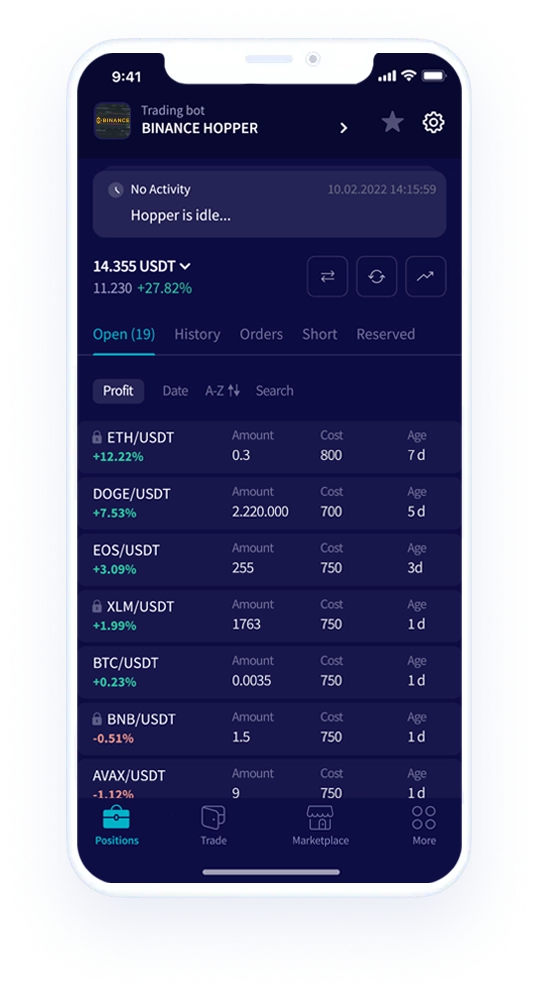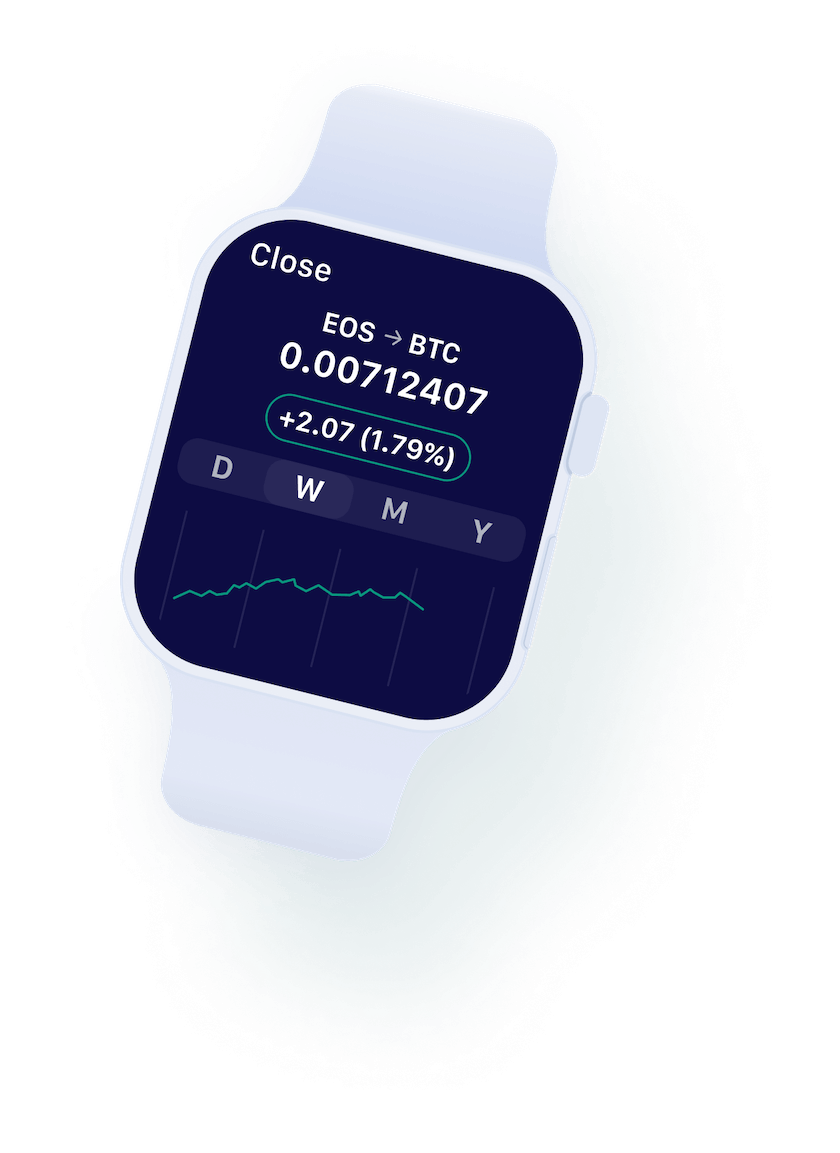Technical Analysis 101 | What Are the 4 Types of Trading Indicators?
Unlock crypto trading success with Technical Analysis. This guide breaks down essential indicators—trend, momentum, volatility, and volume—to help you read market signals, manage risks, and optimize your trades.
TLDR Master crypto trading with technical analysis by using trend, momentum, volatility, and volume indicators. Start with basics like moving averages and RSI, then combine tools such as MACD, Bollinger Bands, and OBV to pinpoint optimal entry/exit points. Backtest your strategy and leverage platforms like Cryptohopper to enhance your approach.
Unlock the secrets of Technical Analysis (TA) for crypto trading. Explore key indicators in the categories of Trend, Momentum, Volatility, and Volume to predict market trends.
Ever found yourself scratching your head, trying to decode the world of Technical Analysis (TA)? You're not alone.
But here's the thing: TA doesn't need to be as complex as cracking the Da Vinci code.
In fact, it can be your golden ticket to crypto trading success.
Let's demystify it, shall we?
Why Technical Analysis is Your Secret Weapon
Born in 18th-century Asia, TA has come a long way, evolving into a trusted methodology for forecasting market trends.
Unlike fundamental analysis — which often dives into an asset's intrinsic value — TA focuses purely on past market data.
Think price patterns and volume metrics, with a dash of mathematical calculations to spice things up.
Still with me? Great.
Before outlining the specific areas of technical analysis and trading indicators you should know, let’s discuss the benefits of TA.
Benefits of Technical Analysis
Identifying Trends: TA helps traders recognize patterns in price movements, allowing them to anticipate future trends.
Improved Decision-Making: By using indicators, traders can determine optimal entry and exit points.
Risk Management: TA assists in setting stop-loss and take-profit levels, reducing risk.
Now, let's break down the four key areas that should be your focus in the world of TA: Trend, Momentum, Volatility, and Volume.
Trend Indicators: Your GPS for Market Movement
Think of trend indicators as your GPS in the jungle of market fluctuations.
They smooth out the erratic behavior of asset prices to identify directional trends.
Key Types of Technical Indicators and Their Roles:
Simple Moving Averages ( SMA): The average of past prices over a specific period. Like a mirror reflecting historical price movements, helping you identify overall price direction.
Exponential Moving Averages ( EMA): Gives more weight to recent prices. It's your 'right now' indicator, capturing the market's latest shifts.
Moving Average Convergence Divergence ( MACD): Your go-to for spotting emerging trends. It measures the distance between two different EMAs, giving clues on market momentum and trend strength.
Momentum Indicators: The Speedometer of Market Moves
These indicators measure the speed and intensity of an asset price change. Think of it as your car's speedometer, but for financial markets.
Key Types and Their Roles:
Stochastic: This indicator ranges from 0 to 100 and shows you when an asset is overbought (above 80) or oversold (below 20). Itacts like your market thermometer, when as asset is overbought it’s in the hot zone and when it’s overbought it’s in the cold zone.
Relative Strength Index ( RSI): Also a 0-to-100 scale indicator, but less sensitive than Stochastic. Excellent for identifying extreme market conditions.
StochRSI: A combination of RSI and Stochastic for more nuanced signals. Alerts you about changes more rapidly—think of it as a double espresso version of momentum indicators.
Volatility Indicators: Your Market Mood Ring
Volatility is the rhythm of the market. High volatility is like fast-beat salsa music, while low volatility is a slower waltz. These indicators help you dance in sync with the market’s rhythm.
Key Types and Their Roles:
Bollinger Bands: These bands expand, and contract based on market volatility. Think of these as the dance floor boundaries. If the bands widen, the market is dancing wildly—expect big moves . If they narrow, the market is taking a breather, moving at a slower pace.
Standard Deviation: This one shows you how far current prices have deviated from the average, helping you gauge market extremes.
Average True Range ( ATR): Consider this as your market seismograph (or dance intensity meter to keep the metaphor going). It measures market volatility by assessing the range of price movement. This tells you whether the market is gliding smoothly or breaking into dramatic spins.
Volume Indicators: Taking the Market’s Pulse
Volume is your 'peek behind the curtain'—it reveals how enthusiastic or apathetic the market is.
The volume indicates the number of contracts/assets traded for a certain asset in a period of time.
These will help you measure the strength of a trend and its direction. A high trading volume often means momentum and opportunity, much like volatility. On the other hand, low volume can signal a slow market, where prices may stall or move unpredictably, making profitable trades harder to find.
Traders like volume since, similarly to volatility, it creates trading opportunities.
Key Types and Their Roles:
Market Volume: This is your basic volume indicator showing you the number of shares, contracts, or assets traded within a set period—highly useful for spotting market peaks or valleys.
Money Flow Index ( MFI): Also known as "the RSI that accounts for volume". It combines volume and price to identify overbought and oversold zones. The MFI is therefore a combination of a momentum and volume indicator.
On Balance Volume ( OBV): Picture this as your market investigator. It combines the direction of the price and volume to show you if the big money is buying or selling. The OBV is therefore a combination of a momentum and trend indicator.
What is the Best or Most Accurate Trading Indicator?
There is no one-size-fits-all answer to this question. The "best" trading indicator depends on your trading strategy and the market conditions. However, Moving Average Convergence Divergence (MACD) and the Relative Strength Index (RSI) are considered among the most reliable indicators for identifying trends and momentum.
Many professional traders use a combination of indicators to cross-verify signals before making decisions. For example:
RSI + MACD for strong momentum signals.
Bollinger Bands + Volume to confirm breakouts.
How to Use Indicators in Trading for Beginners
If you're new to trading, technical indicators can feel overwhelming. Start by focusing on just one or two indicators to avoid information overload.
Step 1: Start with the Basics
Begin with Moving Averages (SMA/EMA) to understand trends and Relative Strength Index (RSI) to gauge momentum. Use indicators to confirm whether a trend is strong or weak before entering or exiting a trade.
Step 2: Learn to Read the Indicator Signals
For example, if the RSI indicates an overbought condition (above 70), it may signal a potential price drop. Combine this with a Moving Average to see if the overall trend is reversing. This approach helps beginners make more informed trades without getting lost in technical details.
Step 3: Backtest
Before trading real money, test your strategy. This helps you understand how indicators behave in different market conditions without risk.
You might be asking: Do professionals use trading indicators? The simple answer is yes. However, they combine them with other forms of analysis like price action, fundamental analysis, and market sentiment. In crypto trading, it's important to not solely rely on indicators but use them as part of a broader strategy that includes risk management and market knowledge.
Your Next Steps: Mastery Awaits
Now that you've cracked the code, it's time to take the reins.
With Cryptohopper's arsenal of 130+ trading indicators and candlestick patterns, you're set to tailor the perfect trading strategy.
Ready to elevate your game? Make use of trading indicators with Cryptohopper today!

